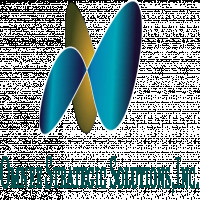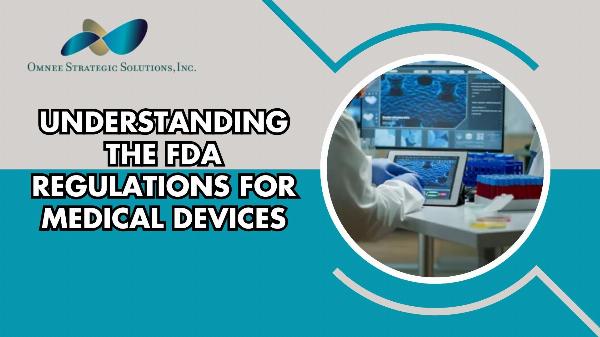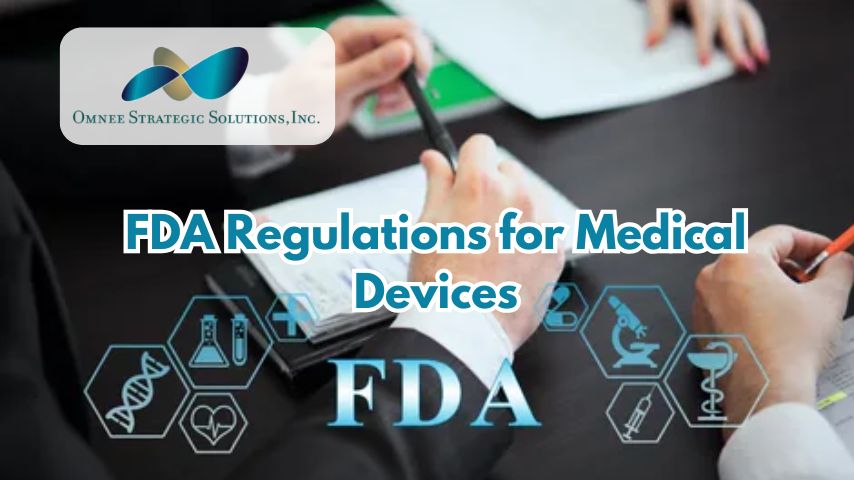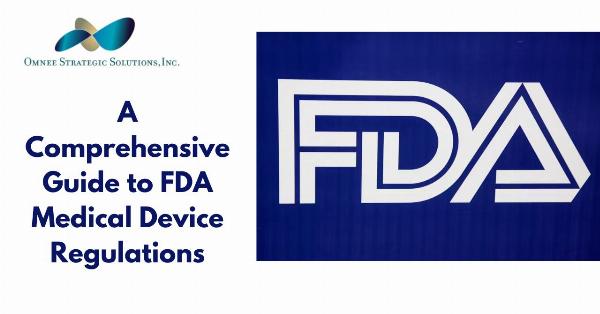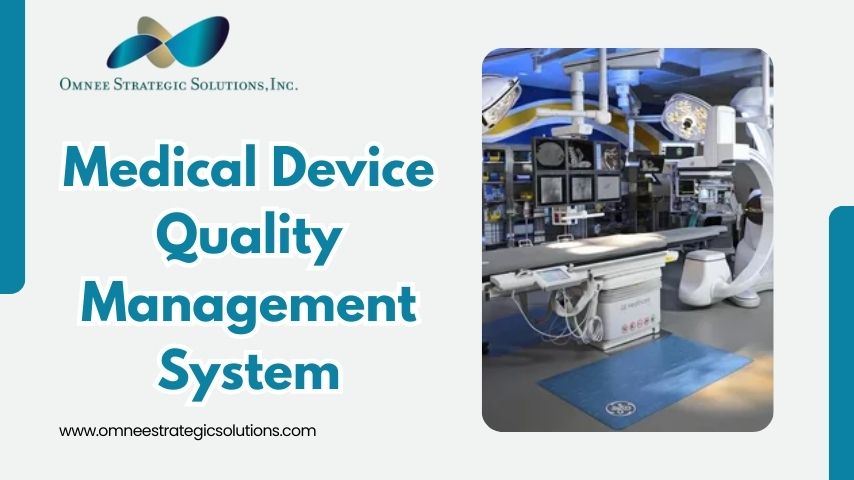How Regulatory Affairs Shape the Future of Medical Device Innovation
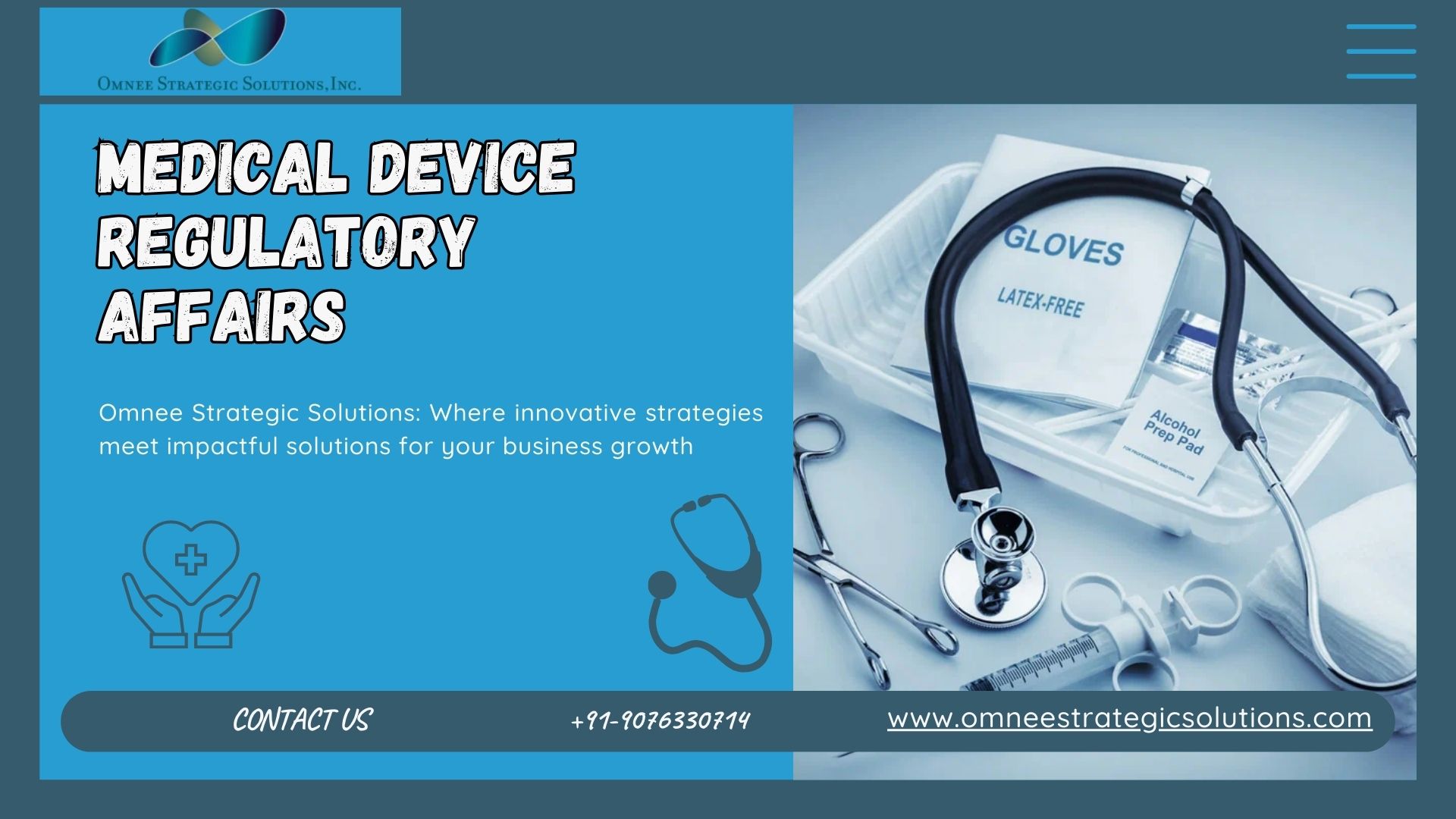
The medical device industry is at the forefront of technological innovation, delivering groundbreaking solutions that enhance patient care and save lives. However, this rapid innovation comes with a critical need to ensure safety, efficacy, and compliance. Medical device regulatory affairs play a pivotal role in bridging the gap between innovation and safety, shaping the future of the medical device sector.
In this blog, we’ll explore the importance of regulatory affairs in medical devices, their influence on innovation, and how a robust regulatory strategy can accelerate the journey from concept to market.
The Foundation of Medical Device Regulatory Affairs
Medical device regulatory affairs involve the processes, standards, and requirements that medical devices must meet to be approved for use. These regulations ensure devices are safe, effective, and reliable. Regulatory bodies, such as the FDA (U.S.), EMA (Europe), and CDSCO (India), establish and enforce these standards.
Key Elements of Regulatory Affairs:
Classification of Devices
Devices are categorized based on their risk levels, with Class I posing minimal risk and Class III involving higher risks. This classification dictates the regulatory pathway for approval.
Regulatory Submissions
Companies must prepare comprehensive submissions, such as 510(k) premarket notifications or PMA applications, depending on the regulatory body and device classification.
Clinical Evaluation and Trials
Clinical data is critical to demonstrating the safety and efficacy of a device. Regulatory frameworks often mandate rigorous clinical trials.
Post-Market Surveillance
After market approval, ongoing monitoring ensures that devices continue to meet safety standards and perform as intended.
How Regulatory Affairs Drive Medical Device Innovation
Contrary to the belief that regulations stifle creativity, they often act as enablers for innovation. Here’s how:
1. Establishing Trust and Credibility
Compliance with regulatory standards builds trust among stakeholders—patients, healthcare providers, and investors. A well-regulated device is more likely to gain acceptance, paving the way for widespread adoption.
2. Encouraging Rigorous Testing
Regulations push manufacturers to subject their devices to stringent testing and validation. This enhances the quality of the final product and reduces the likelihood of recalls or failures.
3. Fostering Global Market Access
Navigating medical device regulatory affairs ensures compliance with international standards, enabling devices to enter multiple markets. Standards like ISO 13485 and CE Mark certification streamline global trade.
4. Driving Continuous Improvement
Post-market surveillance regulations necessitate constant evaluation of device performance, leading to iterative improvements and better patient outcomes.
Challenges in Medical Device Regulatory Affairs
Navigating regulatory landscapes is no easy task, especially as innovation accelerates. Here are some challenges manufacturers face:
1. Evolving Regulations
Regulatory frameworks are continually updated to address emerging technologies, such as AI-powered devices and wearable health tech. Staying ahead of these changes can be daunting.
2. Cross-Border Compliance
Globalization means devices often need approval in multiple regions. Each country has unique requirements, creating complexity in achieving compliance.
3. Balancing Speed and Safety
Manufacturers face pressure to bring devices to market quickly. However, this must not compromise thorough testing and compliance with safety regulations.
4. Data Security and Privacy
With digital health solutions becoming mainstream, ensuring compliance with data protection laws like GDPR and HIPAA is critical.
Emerging Trends in Medical Device Regulatory Affairs
The field of medical device regulatory affairs is evolving to keep pace with technological advancements. Key trends include:
1. AI and Machine Learning in Regulation
Regulatory bodies are incorporating AI to streamline submissions and monitor compliance. AI tools can analyze vast amounts of data to detect potential risks earlier.
2. Digital Health and Wearable Devices
As wearable devices gain traction, new regulatory frameworks are emerging to address their unique challenges, such as software updates and real-time monitoring.
3. Sustainability in Medical Devices
Environmental concerns are influencing regulations, encouraging manufacturers to adopt sustainable materials and processes.
4. Real-World Evidence (RWE)
Regulators are increasingly accepting RWE as part of clinical evidence, enabling faster approval processes without compromising safety.
Why a Robust Regulatory Strategy is Crucial
For medical device manufacturers, a proactive approach to regulatory affairs is essential. Here’s why:
Reducing Time-to-Market
Early engagement with regulatory experts ensures smoother approval processes, helping manufacturers avoid costly delays.
Minimizing Risks
Non-compliance can lead to recalls, fines, and reputational damage. A strong regulatory framework mitigates these risks.
Enhancing Innovation
Understanding regulatory pathways helps innovators design products that meet compliance standards from the outset, fostering creativity within boundaries.
Building Competitive Advantage
Compliance with global standards positions manufacturers as industry leaders, enabling them to compete effectively in the global marketplace.
The Role of Experts in Regulatory Affairs
Given the complexity of medical device regulatory affairs, partnering with experts can make a significant difference. Regulatory consultants bring deep knowledge of local and international standards, ensuring manufacturers meet all requirements seamlessly.
Services Provided by Regulatory Experts:
Gap Analysis: Identifying compliance gaps in product design and documentation.
Regulatory Strategy Development: Crafting a roadmap tailored to the device and target markets.
Submission Management: Preparing and managing regulatory submissions efficiently.
Training and Audits: Equipping teams with the knowledge to maintain compliance.
Shaping the Future of Medical Devices
The role of medical device regulatory affairs extends beyond compliance—it is a catalyst for innovation and global health advancement. As regulations evolve to address emerging technologies, manufacturers must adapt swiftly, leveraging regulatory expertise to navigate challenges and unlock opportunities.
By embracing the principles of safety, efficacy, and innovation, regulatory affairs will continue to shape a future where cutting-edge medical devices improve lives worldwide.
Let’s collaborate to make compliance the cornerstone of innovation. Learn more about how we can help by visiting Omnee Strategic Solutions.
Note: IndiBlogHub features both user-submitted and editorial content. We do not verify third-party contributions. Read our Disclaimer and Privacy Policyfor details.

